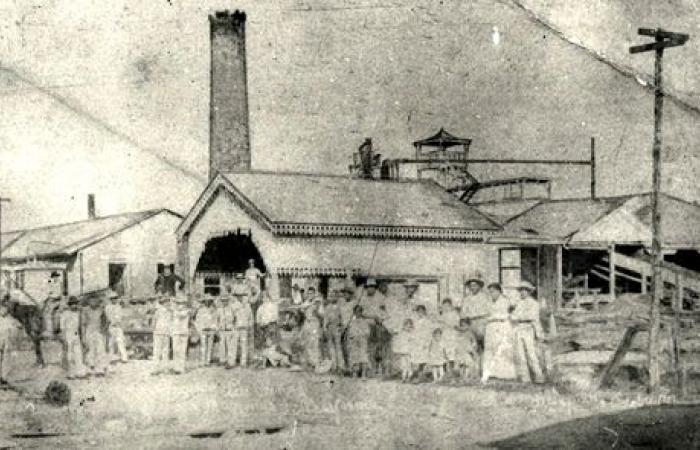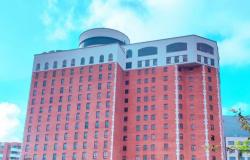Located near the town of Alacranes, in the current Unión de Reyes municipality, the Las Cañas Sugar Mill was one of the most important in Cuba.
It was founded in 1833 by Havana native Juan Poey Aloy. For Manuel Moreno Fraginals, the “…creole saccharocrat with the most modern bourgeois sense in the 19th century, the one with the most solid technical preparation, and the one most concerned about industrial development.”
The Las Cañas Sugar Mill belonged to the jurisdiction of Güines for decades, although historically it is linked to the sugar agroindustry of Matanzas. Due to its high productive yields, it was considered the second in Cuba, as well as the most modern sugar factory in the country.
In the 1830s it manufactured 587 tons of sugar. Its highest production in the 19th century was in 1873, with 3,726 tons. In 1901 the last harvest was made, in which it produced 8,970 tons.
Among the technological innovations he introduced was a Rillieux vacuum evaporator in 1846. Several of his machines were manufactured at the Pioneer Iron Works in New York and in the Ancients Établissements Cail, from Paris. It was one of the first Cuban mills that had electric lighting.
The West Point Foundry, United States, built a mill for this mill in 1872, considered the largest in the world. Part of this phenomenal machine is still preserved in the Puerto Rico Libre park, waiting to be rescued and preserved.
It was one of the first Cuban sugar mills to use lime bisufilte in the production of sugar. Renowned experts in the sugar industry worked there, such as the American machinist Alexander Bass, the technician Jules Duval and the sugar master Eugenio Pimienta.
It stood out for the introduction of new varieties of sugar cane. Organic fertilizers were used for sowing, particularly bagasse ashes and residues of the final honey obtained in the manufacturing process.
In the vicinity of the mill, Juan Poey created a botanical garden with specimens brought from various parts of the world. It was designed by his cousin, the famous naturalist Felipe Poey. Among the species that grew there were the Puerto Rican flamboyant, the Florida majagua, the logwood and an African baobad.
A model of its industry, as well as plans of its machinery, were part of the representation of Spain at the Vienna Universal Exposition of 1873. At the Philadelphia Universal Exhibition, held in 1876, samples of sugar and coffee obtained in this country were exhibited. ingenuity.
In addition, twenty-eight varieties of ornamental plants from its botanical garden were exhibited, which included tropical fruits. At the end of the contest they were donated to the city.
Many illustrious personalities visited it. Among them the Spanish botanist Ramón de la Sagra in 1860, the Cuban agronomist Álvaro Reynoso in 1863 and 1884, and the French politician Ernest Duvergier Du Hauranne in 1865.
In 1872 Grand Duke Alexei Alexandrovich Romanov, son of Tsar Alexander II of Russia, was there. He was accompanied in his delegation by the consuls of Russia, the United States and England, among others.
The Ingenio Las Cañas residence was used for the filming of the Cuban film El otro Francisco (1974), directed by Sergio Giral. In 1982 the engineer Alberto Perret proposed it as the headquarters of the National Sugar Museum, which was never carried out.
The history of the Las Cañas Sugar Mill is significant for the Cuban and Matanzas sugar industry. It cannot be forgotten, however, that its splendor was possible thanks to the tireless work of enslaved human beings.
As researcher Orlando Martínez Bernal states: “This ingenuity was the paradigm of the sugar industry in Cuba during the 19th century. “The most technical and modern of its time.”
Post Views: twenty






